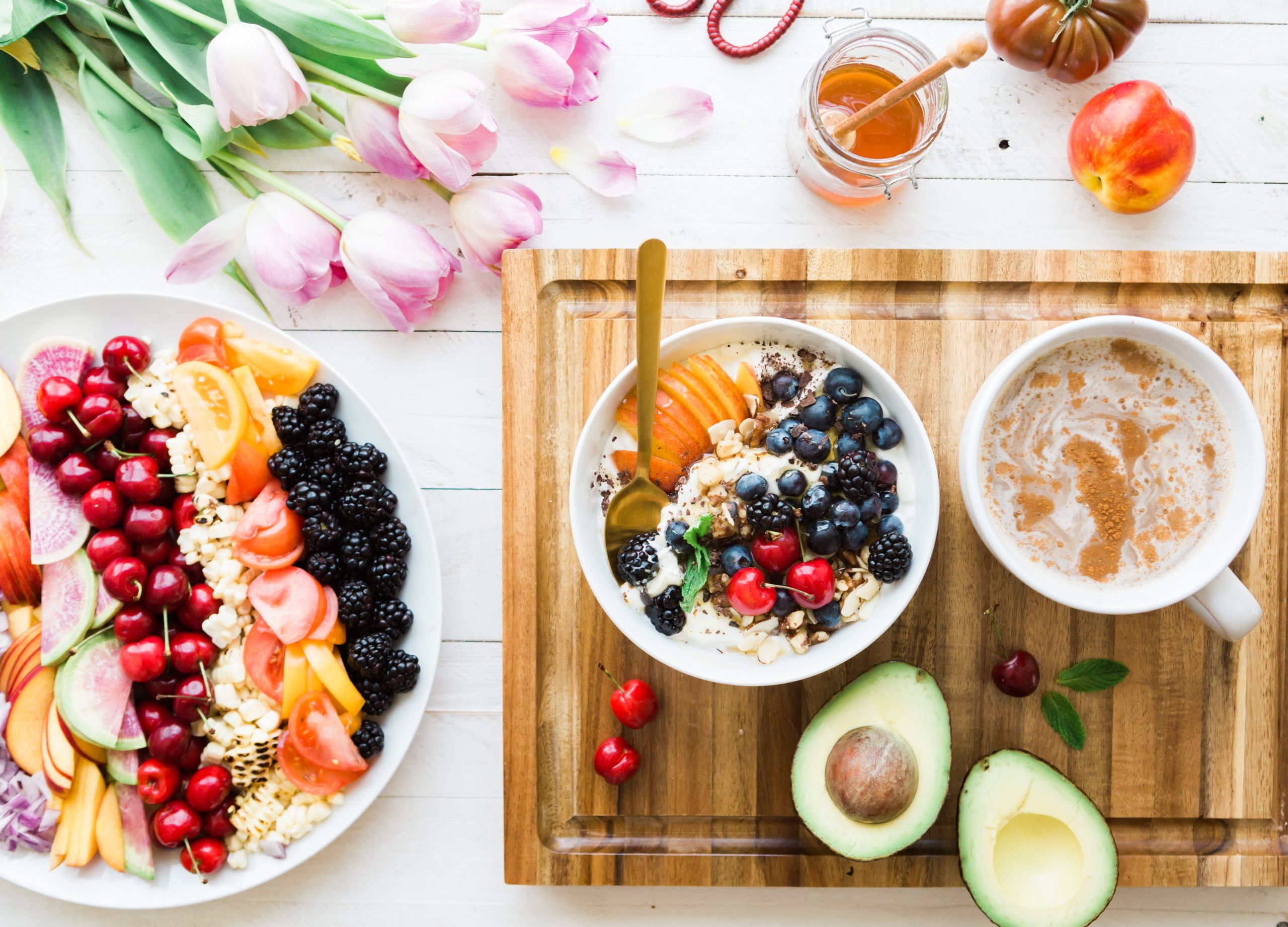Nutrition Needs in the Golden Years
March 2, 2021

As we age, we need fewer calories—about 10% less per decade from age 50 onward—but not necessarily fewer nutrients. With our bodies’ own natural antioxidant systems losing steam, we need to increase our intake of antioxidant-rich fruits and vegetables like artichokes, blackberries, blueberries, broccoli, brussels sprouts, cranberries and dried plums.
Because of this calorie-nutrient paradox, it’s more important than ever to choose foods with care, opting for a nutrient-dense diet and avoiding empty-calorie snacks. Fiber, for example, is a macronutrient that too many seniors get too little of. In addition to lowering levels of “bad” cholesterol, fiber helps improve regularity at a time when gastrointestinal distress may become an issue. Top sources of healthy fiber include navy beans, oats, raspberries, oranges and green peas.
Protein is another macronutrient seniors need but 60% fail to consume in adequate amounts. The body’s ability to absorb vitamin B-12 declines with age, and salmon is a great choice as a two-for-one protein and vitamin B-12 source. As a bonus, salmon, sardines, albacore and flounder are good sources of omega-3 “healthy” fats that help boost memory power.
Another nutrient for your noggin is niacin. In a four-year study of 800 seniors, those with the highest intake of niacin—also known as vitamin B-3—had an 80 percent lower risk of developing Alzheimer’s. Niacin sources include portobello and button mushrooms, red potatoes, and once again, salmon: an all-around “superfood” for seniors.
![Oneida Nursing & Rehab Center [logo]](https://www.oneidanursingandrehab.com/wp-content/uploads/sites/20/2019/05/oneide-logo2.png)